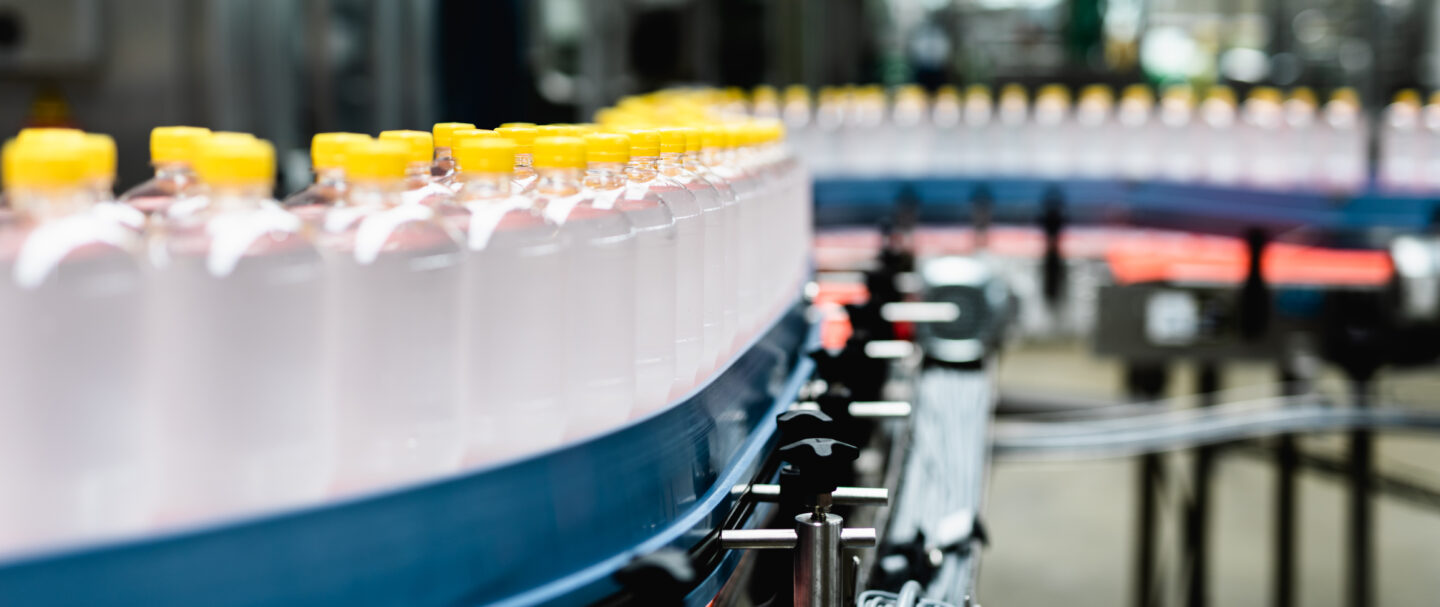
Connecting with insight, connecting with production: Aveva

Since the first microprocessors began to arrive, embedded in machinery and systems for industrial use, there has always been software that helps run applications in F & B, manufacturing, engineering, and utilities. Production machinery that self-monitors and attenuates, or status displays that show critical information — these are examples among thousands of others of embedded or highly localized code in daily use over decades. Software has changed dozens of industries and moved countless facilities from the age of manual production into that of automated mass production.
However, the instances of software that are not in some way tied to specific machinery or plant are quite rare. While every office in the world probably runs Word, Excel, and email, no two manufacturing companies in the same vertical will run identical software systems because there are very few truly hardware-agnostic software instances that can run everywhere effectively.
A significant exception to the rule is a vendor that deliberately is a pure-play software house, one that only works in industrial, commercial facilities — and has been a specialist in the space, and no other, for decades.
This article looks at two users of Aveva software to see how solutions have changed the way production systems and business systems work and work together. Aveva has helped Borg Manufacturing and Starbucks perform better both on the factory floor and up in office environments where decisions get made (by the users of those Excel and Word applications, to repeat the analogy).
For the operations managers at the billion-dollar coffee company, the Aveva platform brought together inventory systems, manufacturing systems, and the company-wide ERP software. For operators on the floor of production plants, the software can feed their mobile devices with documentation for machines, allow them to see real-time quality data, pull maintenance schedules for each machine — and control systems with the touch of a finger.
Elsewhere across the multiple facilities, the business and production “layers” integration creates visibility of entire operations, and that sort of insight was only possible with the customized programming that Aveva’s platform offers.
The twin aspects of customizability and agnosticism for all hardware means it is suitable for multiple uses. A company as large as Starbucks runs many hundreds (if not thousands) of different hardware and software systems, so Aveva’s experience in the sector and its non-discriminatory profile meant it was virtually the only option to provide the total picture that the company’s operational and strategic decision-makers needed.
Although operating at a more modest scale than Starbucks, Australian specialist Borg Manufacturing offers two extremely specific USPs to its customers: its minimum batch size for any order is one (!), and it delivers every order within 24 hours.
As the company grew, as did its inventory, with over 7,500 SKUs made-to-order and 1,200 stock items now available. Therefore, the company has always automated its systems — out of necessity — and has always used technology at the leading edge.
Like Starbucks, Borg used the Aveva software to create data standardization across all facilities and departments, creating a common interface for production and business-focused systems. That created a way that all live data could flow into the company’s ERP, and conversely, decisions could be “pushed” from the ERP onto the manufacturing floor.
But Borg’s Technology Director, Mike Kershaw didn’t stop there. Borg’s unique propositions and customer promise of next-day delivery meant extending the MES into warehousing was a logical extension of what the software could do and what the company needed. Aveva’s offering in this context has become a W&MES (warehousing and manufacturing) execution system.
For the manufacturer, the results are tangible: it has all but prevented all manual handling injuries of its staff, efficiency gains are in the hundreds of percentages, and wastage is down to 2%.
As a dedicated software house that only works in industrial settings and with no ties to any specific hardware or supporting systems, Aveva is unique in its abilities to address every one of its clients’ bespoke and highly specific needs. By unifying how just about anything with an electric current can provide and receive data, the Aveva platform helps companies worldwide address problems and bottlenecks in their production (and business) systems. For operations managers, this is technology designed to solve problems. For business owners, Aveva is the way to better use the (sometimes silo-ed) resources that operate in every facility — the capability already exists; it just needs a phone call to begin to leverage it.
Read more about the ways Aveva helps companies like yours in your vertical: start here.
READ MORE
- Ethical AI: The renewed importance of safeguarding data and customer privacy in Generative AI applications
- How Japan balances AI-driven opportunities with cybersecurity needs
- Deploying SASE: Benchmarking your approach
- Insurance everywhere all at once: the digital transformation of the APAC insurance industry
- Google parent Alphabet eyes HubSpot: A potential acquisition shaping the future of CRM
